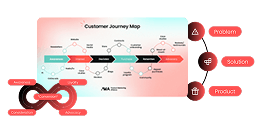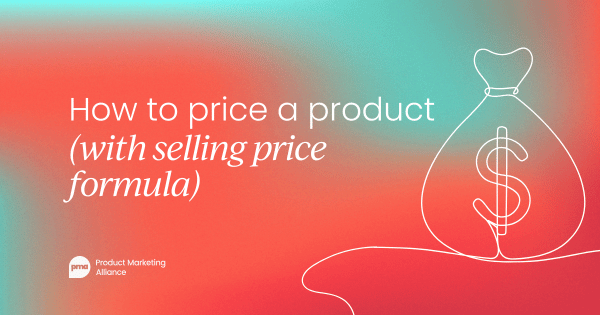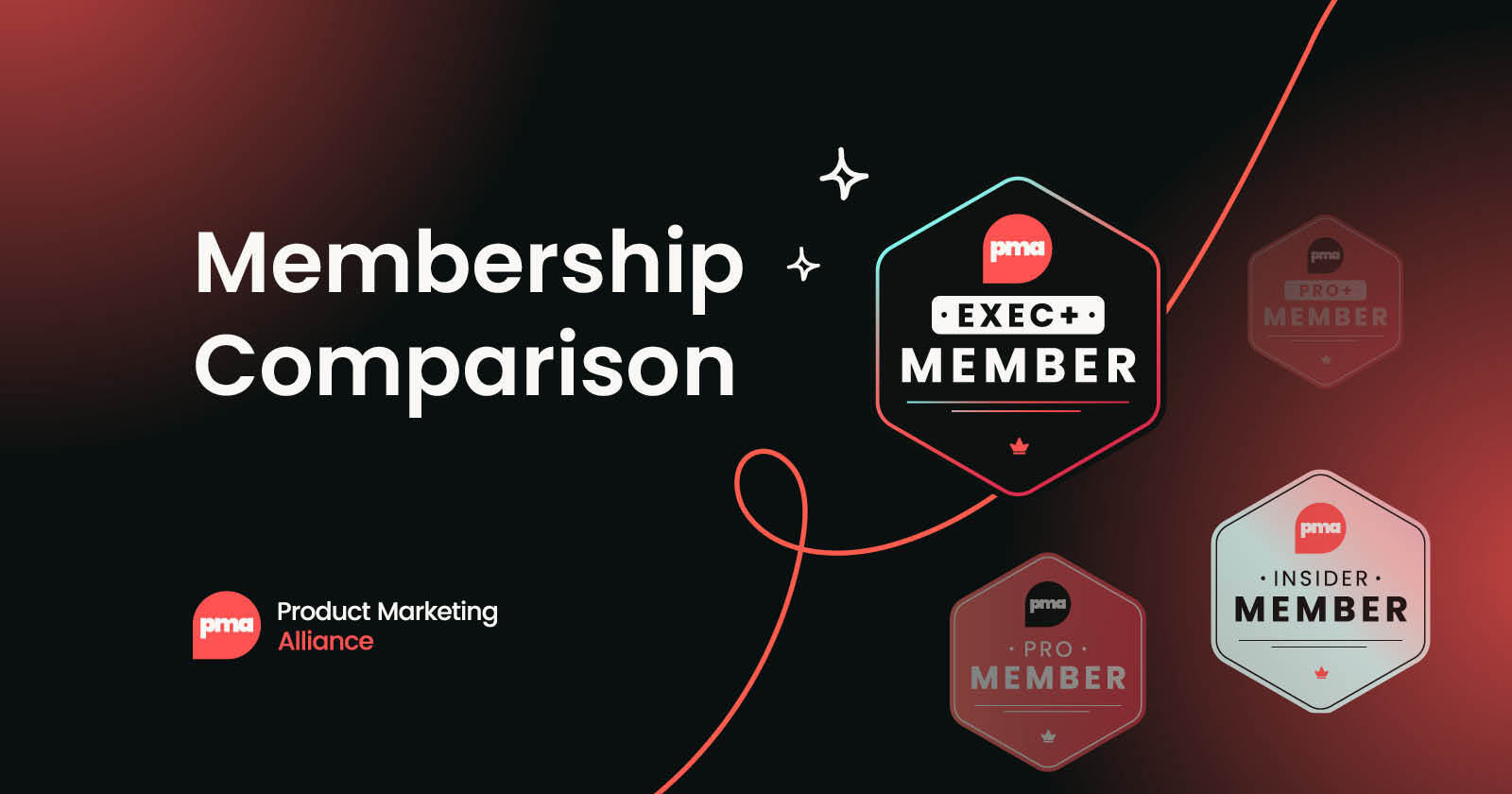It doesn’t matter what industry your business is in – there’s a good chance you rely on software in one way or another. Whether using a financial planning tool, task management solution, or simply an email client, software is often required to help keep your business operational.
As your business grows, it’s likely that you’ll need to evaluate and possibly subscribe to a number of different solutions to scale your business processes and workflows along with it. But at some point, you may hit a crossroads – should you continue using third-party software tools, or just develop your own?
There’s really no right or wrong answer here. Depending on your unique business needs, you may decide which solution is the most viable. However, before you decide, there are some things to consider.
Why most businesses stick with third-party tools
Over time, many businesses find that their operations begin shifting to meet the needs of customer demands or to keep up with changing market conditions. Third-party cloud-based tools and services are a great way to introduce more capabilities for businesses to keep up with this evolution.
Below are some of the common reasons why third-party tools are often the go-to for many businesses:
- Improved infrastructure: Most businesses today are highly digital. This means they need to regularly improve their infrastructure as they scale. Third-party tools and scalable cloud services allow them to quickly introduce things like data backup and recovery services, networking tools and solutions, and new applications for their employees and customers.
- Controlling finances: There are always a number of financial-related responsibilities businesses need to meet. Without the right tools at their disposal, it can be hard to stay on top of things like payroll, inventory management, forecasting, business taxes, or other critical financial elements. Third-party financial management tools are fast and easy to implement and give businesses much better visibility and control over where and how they spend.
- Better team collaboration: With so many businesses operating remote workforces, it’s important to look for ways to help them stay connected with their teams. Platforms like Slack and Microsoft Teams are a great way to help employees collaborate on projects and stay up-to-date with their managers, regardless of where they work from.
Pros and cons of in-house software development
The accessibility and affordability of third-party tools often make them the first choice for businesses when adding new forms of automation or various benefits to their business. However, there may be times when building your own business software can be the better long-term choice.
Below are some of the pros and cons to consider if you’re starting to consider which option may be your best option:
Pros
Unique product features
When you buy something off the shelf, it rarely has the exact features you’re looking for. It’s essentially the same with buying a suit or a dress versus purchasing something made to order. It may still fit, but it was never really designed just for you.
Custom software is different. You’re able to have every feature you’re looking for in a piece of software, exactly how you want it. You get to design the look and feel of the solution and make it as complex or basic as you want.
Better long-term value
Although many third-party software tools and services are relatively affordable month-to-month, these regularly recurring expenses can add up significantly over time.
When you design your own software product, you have much more control over the short- and long-term expenses required to keep it up and running. Just like when doing a custom home renovation, when you have control over the project, you can make sure the modifications you make improve the overall value of your home.
No wasted benefits
Most off-the-shelf tools advertise a wide range of benefits for businesses. However, since they’re designed to support a variety of different customer types, there’s a good chance that they will come with features that you may never need or use. This means that you’re essentially paying more for benefits that may not actually apply to you.
With a customer software project, however, this changes. Since you have full control over what features are added, you’re ensuring that you’ll get full benefit from every software element. This maximizes your ROI over the course of the software’s lifecycle.
Cons
Larger upfront expenses
By far, the largest challenge of taking on a custom software project is the upfront costs associated with it. Unlike subscribing to other tools and services, custom software products require significant up-front costs to cover development costs and build out the required infrastructure to support them.
Depending on the type of software you’re designing, your initial costs could run anywhere between thousands to tens of thousands of dollars to get up and running.
Long development timelines
The other challenge with custom software builds is that it takes time before you’re able to use them. With off-the-shelf solutions, you’re able to immediately start benefiting from your subscription, most of the time, within the same day.
Software development timelines can vary, but in most cases, you’ll be waiting several months before you have a usable product.
Helpful questions for deciding which type of solution is right for you
If you’re trying to decide which type of solution is best for your business, here are some important questions to ask yourself:
- What’s a realistic budget? – No different than when planning out a kitchen remodel in your home, you need to know what your budget really is before deciding if a custom project is doable. Take the time to build out a budget that makes sense for your business and see which option fits best into that equation.
- How much customization do you need? – Depending on your needs, you may find that limited customization features aren’t a problem. This may mean an off-the-shelf solution could work for your situation. However, if you have complex business workflows or niche requirements, looking into a custom solution may make the most sense.
- How quickly do you need your software? – Keep in mind that custom software builds are a long-term investment. If you’re willing to wait for development, then a custom solution may not be a problem. But if you’re looking to benefit from software within the next few days or weeks, a third-party option would be better suited for your business.
Choose solutions that help your business grow
As your business grows, it’s important to pick the right software solutions that can support it. By considering the points discussed, you’ll make sure you’re choosing an option that’s not only affordable but also helps your business scale sustainably.


















 Follow us on LinkedIn
Follow us on LinkedIn




.svg)
Start the conversation
Become a member of Product Marketing Alliance to start commenting.
Sign up now